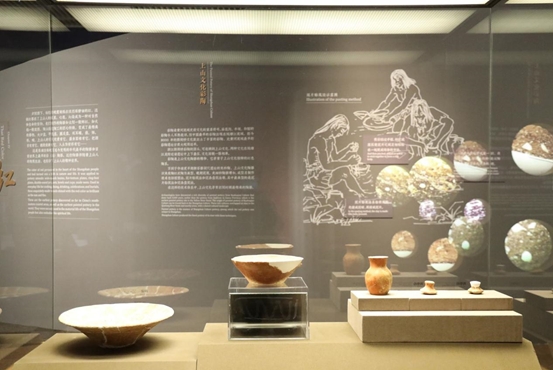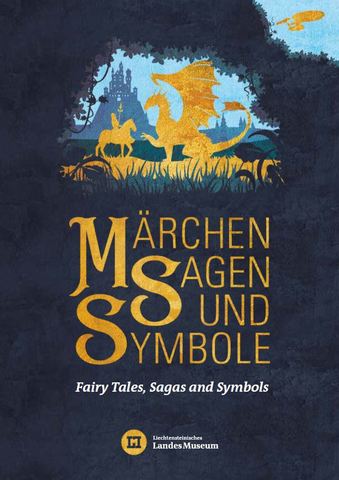Sep 10, 2022 | Business
The Indian Council of Cultural Relations (ICCR) and the Embassy of the Republic of El Salvador in collaboration with the Indira Gandhi National Centre for Arts (IGNCA) has organized an art exhibition of Paintings featuring works of the renowned artist Mr. Rodolfo Vega Oviedo from El Salvador.
The exhibition was inaugurated by Ms. Meenakashi Lekhi, Minister of State for External Affairs and Culture in the presence of renowned artist Mr.Rodolfo Vega Oviedo, today at IGNCA Gallery, in New Delhi.
Speaking on the occasion, Smt. Meenakashi Lekhi stated that cultural exchanges and appreciation of each other through art and craft, helps in familiarization with the way of life and promotes good relations among countries. Appreciating Mr. Rodolfo Vega Oviedo she said that he is here on a very momentous occasion as India is celebrating Azadi ka Amrit Mahotsav.
Renowned artist Mr.Rodolfo Vega Oviedo, is a painter, an interior architect and cultural administrator is awarded by the French Government for his cultural work and for consolidating links between France and Latin America.
Rodolfo’s paintings act almost like an axis that centres his distinctive stories. Carefully collected materials like wire, sand, and leaf, amongst others, synthesize with his memories and result in a well-rehearsed composition. Acrylic and neon painted canvases delightfully demonstrate an accumulation of universal or mythological motifs simplified on the verge of abstraction. Correspondingly, the juxtaposition of geometrical patterns, colours, and textures codify his language yet make them intriguing. Taking a close look at the composition reveals layers of motifs like architecture, temple, rays, the sun, the moon, and undoubtedly much more. Perhaps, it depicts the sky with the movement of the sun or the moon in a three-dimensional space where possibly home is the key element. However, according to
His work is part of various personal and public collections and he has exhibited in more than 20 countries around the world. Among these exhibitions and public collections are the Pompidou Museum in Metz, the Tehran Artistic House, the Spanish Ministry of Defense, the Gomez Palace in Havana, Cuba etc.
***
NB/ SK
(Release ID: 1858200)
Visitor Counter : 478
Jan 2, 2022 | Business
Among America’s foremost painters in watercolor, Timothy J. Clark is known for his still lifes, architectural interiors and exteriors, and portraits in the tradition of John Singer Sargent. Indeed, in the words of Dr. Michael Brown, Associate Curator of Art at the San Diego Museum of Art, “The luminous watercolors of Timothy J. Clark are the successors to Sargent’s ethereal atmospheres of light, mist and color.” At the inspired invitation of the Howard University Gallery of Art Director, Dr. Lisa Farrington, Clark created new works especially for this one-man show at the historic HBCU in Washington, DC (alma mater of Vice President Kamala Harris)—namely portraits of the “family” of friends that he has gathered around him over the years. Among them are painters Gaye Ellington (grandaughter of Duke Ellington) and Faith Ringgold; musicians Jack McVea, Teddy Buckner, Art Davis, Michael White and others from the world of jazz. (Music, especially jazz, is love of Clark.)
Created over the past year, this suite of stunning portraits shows both the final products and the creative processes of the artist archived by the inclusion of preparatory drawings. Intended for both the delectation of the public and for study by the students of the Chadwick A. Boseman College of Fine Arts at Howard University, the Clark portrait suite will be on display from January 22 to March 7, 2022 in the University’s Gallery of Art in Childer’s Hall on the main campus. The exhibition is supported in part by a grant from the Art Bridges Foundation. The exhibition is accompanied by a color catalog.
In the 21st century, when the art world is flush with inventive and unorthodox methods and media, the quiet classicism of Tim Clark’s watercolors emerges tranquil and poignant from the mayhem of the contemporary art scene. Each portrait reveals two things: the artist’s ability to see into his subjects, and the souls of the subjects themselves, revealed by the artist’s deft hand. The works in this exhibition are as much records of the artist’s sitters as they are records of his presence in their lives. Clark’s gaze is sagacious and unflinching and he has an unremitting passion to record the world as he sees it. In his words, “My art says that we are still here and the world doesn’t look so bad after all.”
The Howard University Gallery of Art of the Chadwick A. Boseman College of Fine Arts at Howard University dates from 1870 when it was known as the Historical Picture Gallery. It was officially established as the Howard University Gallery of Art in 1928 by action of the Board of Trustees to “make revolving exhibitions of contemporary arts and crafts available for visitation and study.” The Gallery formally opened on April 7, 1930 with a traveling exhibition of oil paintings, watercolors and drawings assembled and circulated by the College Art Association of America. After the success of this exhibition, a policy and program leading to the development of a permanent collection was adopted. James V. Herring, founder of the Department of Art, and James A. Porter, internationally renowned art historian and critic, were the earliest directors.
Henry O. Tanner’s Return from the Crucifixion, an oil tempera painting, which is the last completed work of the artist, was one of the earliest acquisitions. This historic work is still a jewel of the collection. Since the initial acquisition, numerous purchases and gifts from friends and faculty of the University, private collectors, art foundations and various branches of the federal government have entered the permanent collection. The artifacts of Alain Locke, the esteemed philosopher, began the encyclopedic collection of African artifacts, while the Kress Foundation set up the collection of Renaissance and Baroque paintings. Other significant contributions and acquisitions have included the Irving Gumbel Collection of European Prints from the 16th to the 19th centuries, the Patricia Walters Collection of African American art, the James A. Porter Collection, and the Lois Jones collection.
January 22 to March 7, 2022
Image: Dr. Michael White, 2020, watercolor on laid paper, 24 ¼” x 18 ½” by Timothy J. Clark
Opening Reception: January 22, 2022
Presentations by Clark on Process & Materials: January 21-22, 2022
Contact: lisa.farrington@howard.edu, tel: (413) 659-6057



